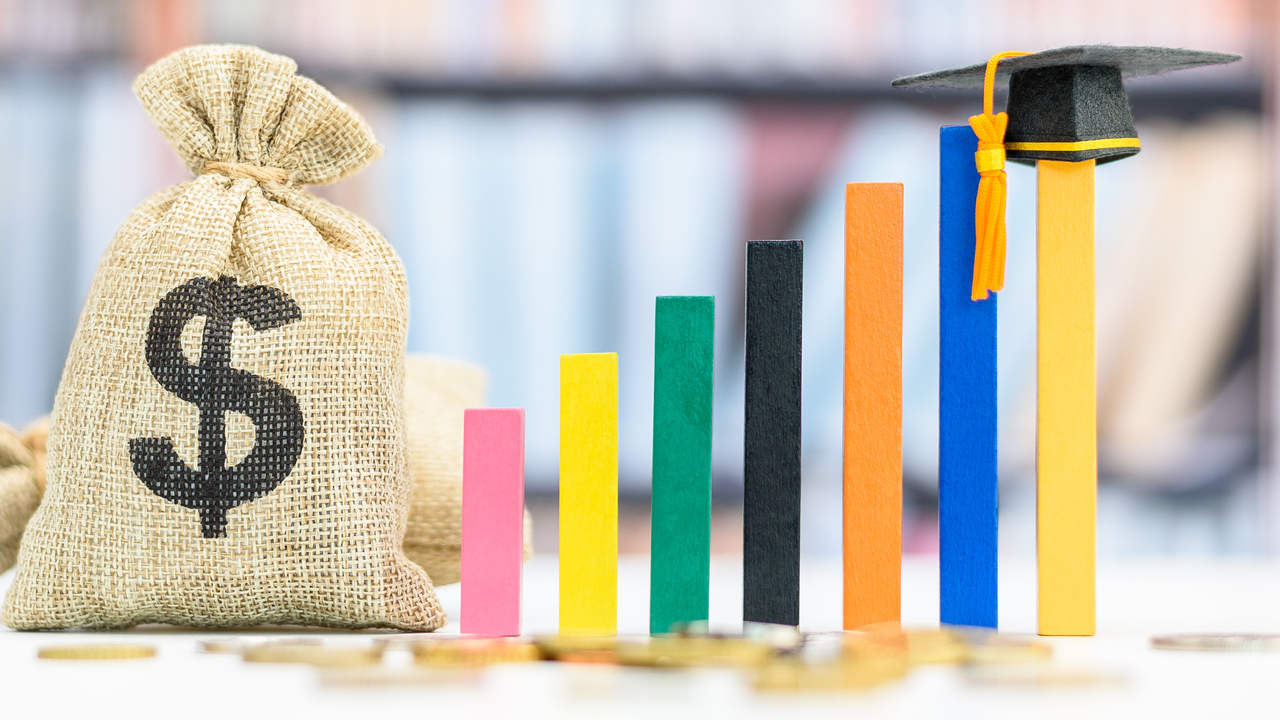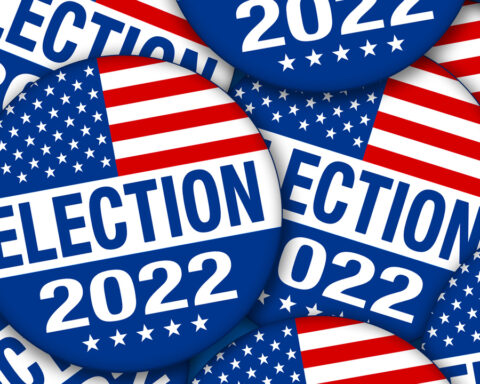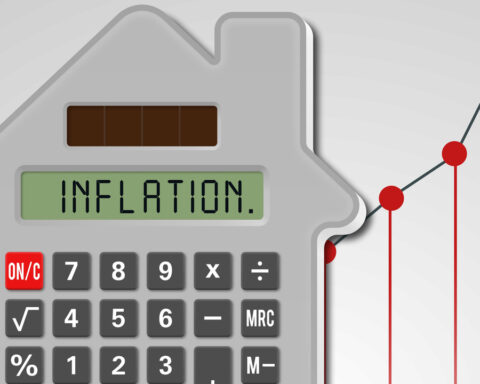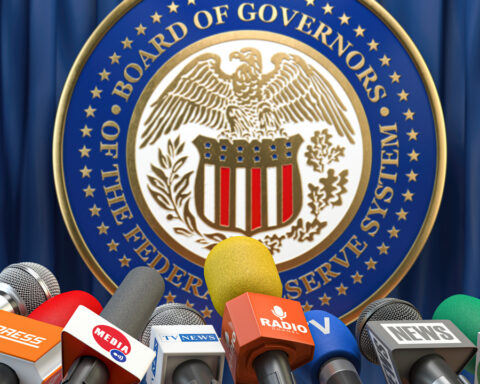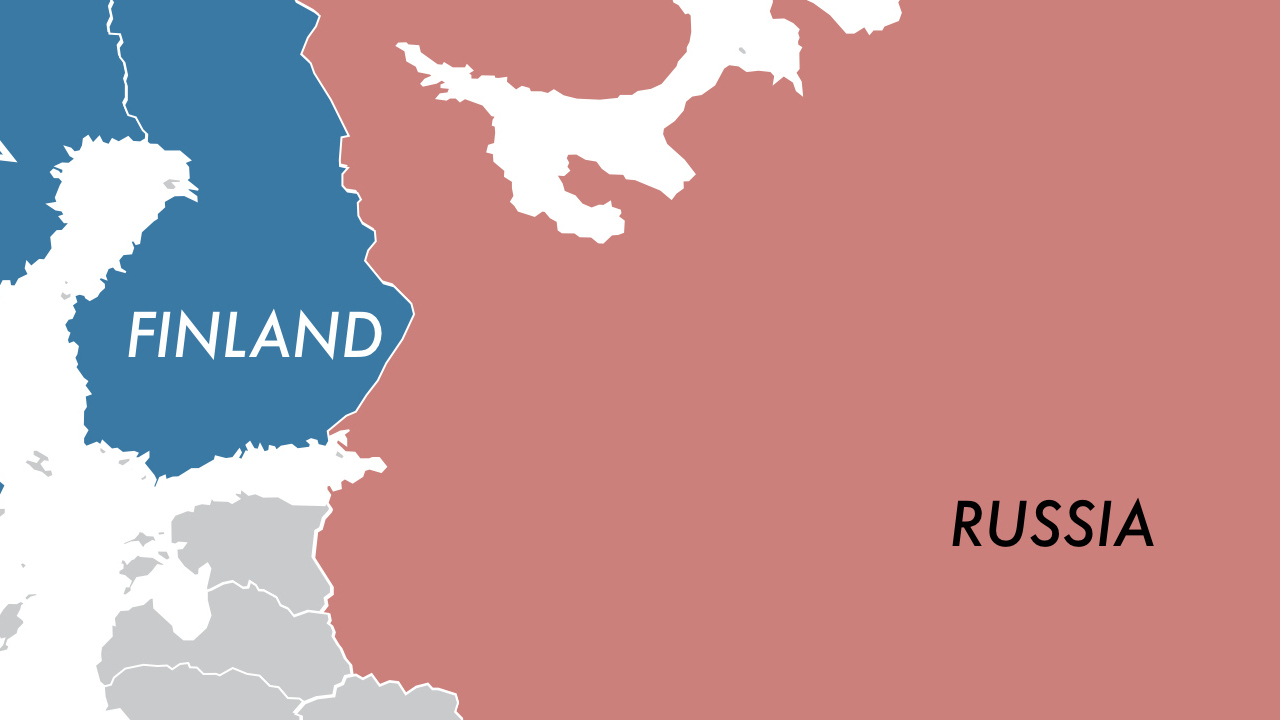On May 10, President Biden said that fighting ever-worsening inflation—sitting at 8.3 percent as of the just-released April Consumer Price Index (CPI) report—is his “top domestic priority.” He promised, “All of my plan is focused on lowering costs for the average family in America, to give them just a little bit of breathing room.”
If that were true, he would immediately table all discussion of student loan forgiveness. Yet, the Biden administration has not wavered in its commitment to substantially reduce student loan debt for a wide portion of the American public.
As of now, Biden is considering several options, and political pressure continues to mount from Democrats for more extreme measures. Senate Majority Leader Chuck Schumer (D-NY) recently called upon Biden to cancel $50,000 in student debt for each borrower, exhorting: “Borrowers don’t just need their debts paused, they need them erased.”
Actually, what the average American citizen needs is to be able to pay for food and gas again without taking a massive hit to their wallet. Over the past month, food prices climbed an entire percentage point. Gas prices have hit yet another record high of $4.40 per gallon, having been less than $3 a year ago.
So, what would Schumer’s plan to cancel $50,000 per borrower do? Let’s examine data from the Department of Education’s “Direct Loan Portfolio by Borrower Debt Size.”
Cumulatively, the 39.3 million individuals included in the report hold $1.37 trillion in student loan debt as of Q1 2022. If the Biden administration were to reduce the debt by $50k per individual, taking simple averages for the ranges higher than $50,000, it would total a $915 billion overall reduction. Parallel analyses have come to very similar conclusions.
A recent publication from the Brookings Institution concludes this would be “among the largest transfer programs in American history.” Comparing this exorbitant one-time expenditure to the cumulative expenditures of transfer programs over the past 20 years, only three—unemployment insurance, earned income tax credits, and food stamps—have larger totals. And, the difference is fairly negligible.
If there is one thing we know about government transfer programs, it is that they act as massive stimuli for personal consumption expenditures (PCE). Each of the two periods since 1945 in which the United States has experienced substantial destabilizing inflation is marked by a precursor of heavy fiscal spending through welfare initiatives.
In 1946-1947, inflation hit nearly 20 percent, largely as a result of FDR’s New Deal and massive government spending on World War II.
Spiking inflation throughout the late 1960s and 1970s—though later exacerbated by downward oil supply shocks and transforming into “stagflation” due to bad monetary policy—was chiefly caused by President Lyndon Johnson’s unprecedented “Great Society” welfare policies.
For our current episode, we only have to look at the fiscal packages enacted during COVID-19.
As The New York Times recently illustrated, about $1.8 trillion in pandemic stimulus money went directly to individuals and families.
When that money reached individual bank accounts in the latter half of 2020 and early 2021, much of it was immediately inserted into the economy. A recent study from the National Bureau of Economic Research (NBER) found 42 percent of stimulus benefits went towards consumer spending. Forty-two percent of $1.8 trillion is approximately $750 billion.
PCE and the overall inflation rate subsequently skyrocketed, side-by-side. As measured by the Federal Reserve, PCE rose 9 percent from $15.46 trillion in March of 2021 to $16.8 trillion in March of 2022. It is not a coincidence that inflation rose a nearly identical 8.5 percent—for the highest annual jump since 1981—over the same period.
There is little doubt that a causal link exists between Biden’s profligate spending and the rapid inflationary onset. Despite Biden’s claims to the contrary, even Treasury Secretary Yellen recently admitted that fiscal and monetary stimuli have substantially contributed to inflationary pressure.
Now, Biden wants to double-down by giving nearly 40 million Americans more “free” money.
The difference between COVID-19 payments and debt cancelation, however, is the heterogeneity of the recipients. The aforementioned NBER study found that 31 percent of transfer payments went towards debt payments, because many liquidity-strained households were underwater with bills.
One of the striking aspects about student loan forgiveness is that it benefits those in high- and middle- income brackets. College-educated individuals are significantly more likely to have higher incomes, and are able to pay their bills without needing to be subsidized.
The Committee for a Responsible Federal Budget (CRFB) estimates 30 percent of a widespread debt cancelation would go towards the highest income quintile, with only 5 percent going to those at the bottom. Similarly, well-off individuals have gained the most from the ongoing payment pause during the pandemic. Due to the pause alone, a typical new doctor will have averaged $60,000 in debt forgiveness by August 31—the current end of the moratorium—while a new lawyer will have received $37,000.
So, when households have their student debt slates wiped clean, and don’t have other debts to pay, where will that money go? Some will be saved, yes. But, just as much if not more will flood into the economy, further devaluing the dollar. A spending shock of hundreds of billions of dollars is not what the economy needs. Moreover, such a move would permanently adjust household spending habits, sustaining their spending over a longer period and potentially exacerbating the elapsed inflationary period.
Frankly, Biden should move in the opposite direction and rescind the moratorium on payments. If all 40 million borrowers had to pay their average of $300 per month once again, it would reduce economic activity by $12 billion a month, limit spending habits, and perhaps even cause a small decrease in inflation over time. Moreover, it would prevent further disincentivizing of labor. Not to mention it would uphold the sanctity of contracts, which is fundamental to maintaining social and economic trust.
Yet, Biden will not do this, because he is desperate for political support. Biden has paused payments until just before the midterm elections by design, at the urging of many Democrat incumbents whose seats are vulnerable.
Biden is worried about his own popularity, too; with an approval rating at record lows. He is especially unpopular with young and college-educated voters: the very individuals who would stand to benefit most from his student loan cancelation scheme.
Inflation affects every American citizen. Only 13 percent of the population holds student loans.
By committing to any debt cancelation, Biden will be subordinating the needs of every American citizen—not to mention the entire macroeconomy—to cater to a small subsection of the American public whose vote he is courting.
First published at The Center Square.
Jack McPherrin is the managing editor of 1818 Magazine. Jack works as the research editor for the Editorial Department of The Heartland Institute, where he also contributes to the mission of the Socialism Research Center as a research fellow. He is in the final stages of completing his Master’s Degree in International Affairs from Loyola University-Chicago, where his myriad research interests primarily encompass domestic and international economic policy, global institutions, authoritarian regimes, and foreign affairs - with a particular emphasis upon Russia and China. Prior to his graduate pursuits, Jack spent six years in the private sector after graduating from Boston College with a dual Bachelor's Degree in Economics and History. He currently resides in the Lincoln Park neighborhood of Chicago, a few short miles from where he was raised.


